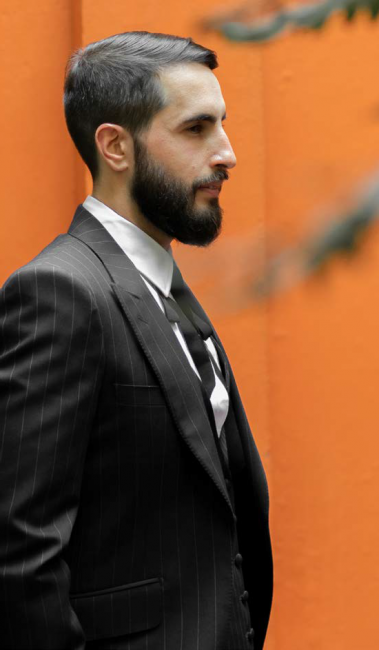“To me, getting creators to produce their work on the blockchain was a way to inject value into it.”
“I’ve always gravitated towards the cliche of the intersection of art and technology and, specifically, wanting to build tools for creative empowerment.”
Kayvon Tehranian is at the forefront of enabling this, utilizing one of the many wonders of web3 to shift power back to creatives. Regarded as a ‘creative technologist,’ Kayvon co-founded Foundation, the epicenter of creativity, emergence, and innovation in web3. By giving the community keys to the house via access to tools, self-governed auctions, and more, Foundation embodies the core roots of how blockchain can revolutionize and benefit society.
Before Foundation, Kayvon was a software engineer at Google, and it was there that he discovered the effects technology could have on the world. “I could see the scale and size of technology and the impact it can have on society,” he explains. “Once I saw how Big Tech was, I wanted to work in a smaller context and made my way to the startup land.”
From there, he focused on Ethereum and was one of its earliest developers, as ‘there was no industry built on Ethereum back then.’ That allowed him to discover the ins and outs of web3, blockchain, and the Metaverse while helping build a community.
At the time, little information circulated on blockchain and web3 – it was still foreign to an overwhelming portion of the world. So, the next phase was adoption and creating a space where people could explore.
“To me, getting creators to produce their work on the blockchain was a way to inject value into it,” he says. “This felt interesting to me and much more applicable to a larger swathe of society.” This acted as the spark for the founding of Foundation.
“We spent all of 2020 reaching out to musicians, painters, GIF artists, textile creators, and a really wide variety of creative people.”
After establishing the blueprint, it was time for the artists to come to the party, but that didn’t happen immediately. Ironically, Foundation’s lifeline came with the COVID-19 pandemic. “At the beginning of 2020, it was a very bizarre idea; very few creators responded,” he remembers. “And then the pandemic forced a lot of creative people to rethink what they were doing and embrace new ideas. By the end of 2020, all the emails I’d sent out were being responded to.”
And the rest, as they say, is history.


